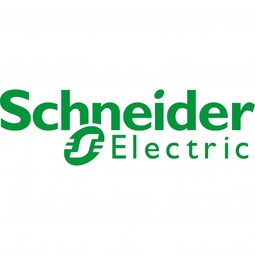Schneider Electric
Case Studies
High-quality power with fast payback
Overview
 |
High-quality power with fast paybackSchneider Electric |
Analytics & Modeling - Real Time Analytics Networks & Connectivity - Ethernet | |
Software | |
Discrete Manufacturing Product Research & Development | |
Predictive Maintenance Energy Management System Real-Time Location System (RTLS) | |
System Integration Software Design & Engineering Services | |
Operational Impact
| The power management system has helped Oracle identify sources of, and corrective actions for, many potentially damaging disturbances. | |
| The system provides real-time control and monitoring, allowing Oracle to monitor critical power aspects of the campus itself, without depending on the local utility for information or a consultant to diagnose a problem. | |
| The system has proven its value to Oracle, with more savings being realized by identifying areas of high energy usage, improving energy efficiencies, and auditing utility bills. | |
Quantitative Benefit
| In one year, the system measured more than 30 utility-side transient events. | |
| The project had a return on investment (ROI) of three years. | |
| Continuous savings made by identifying areas of high energy usage, improving energy efficiency, and auditing utility bills. | |


